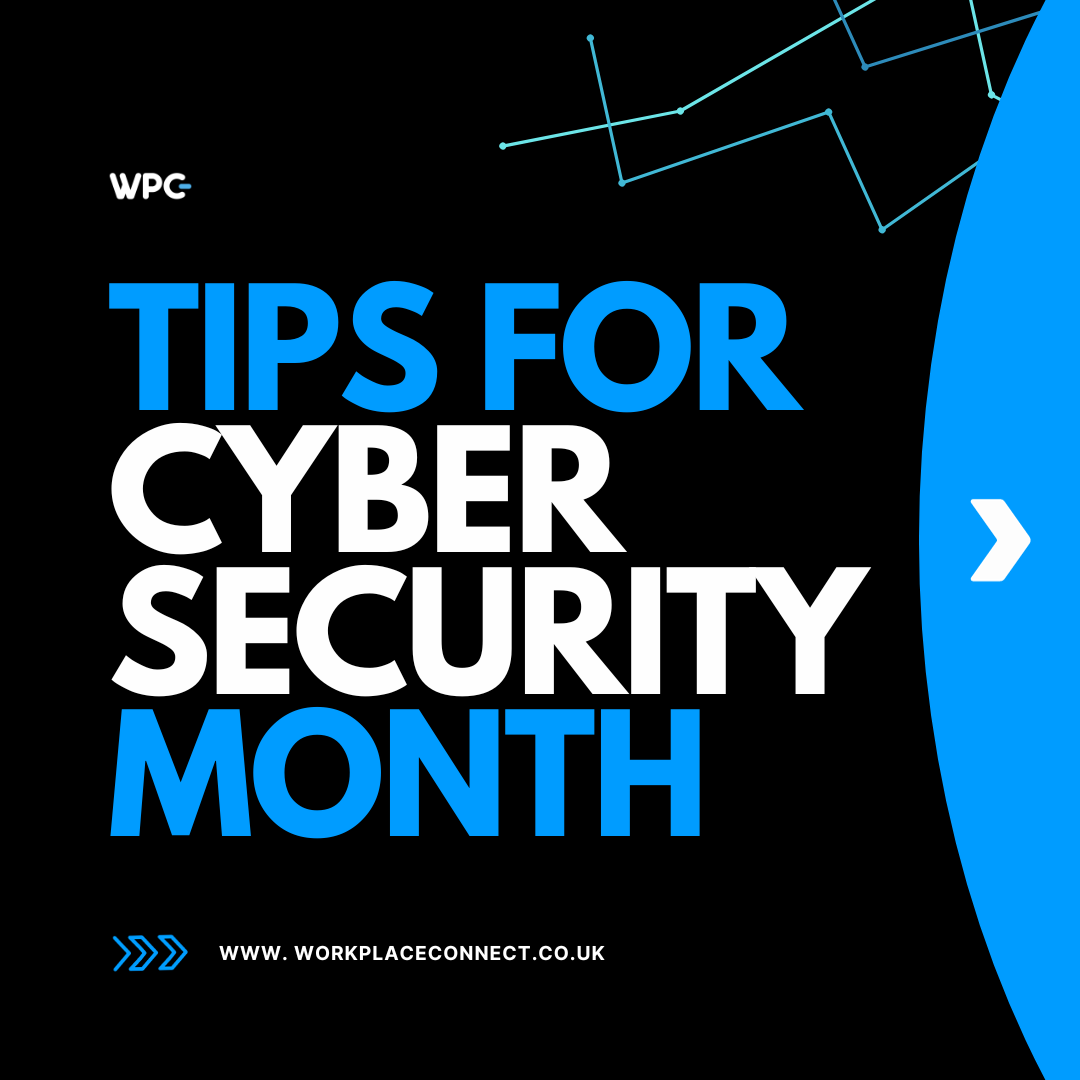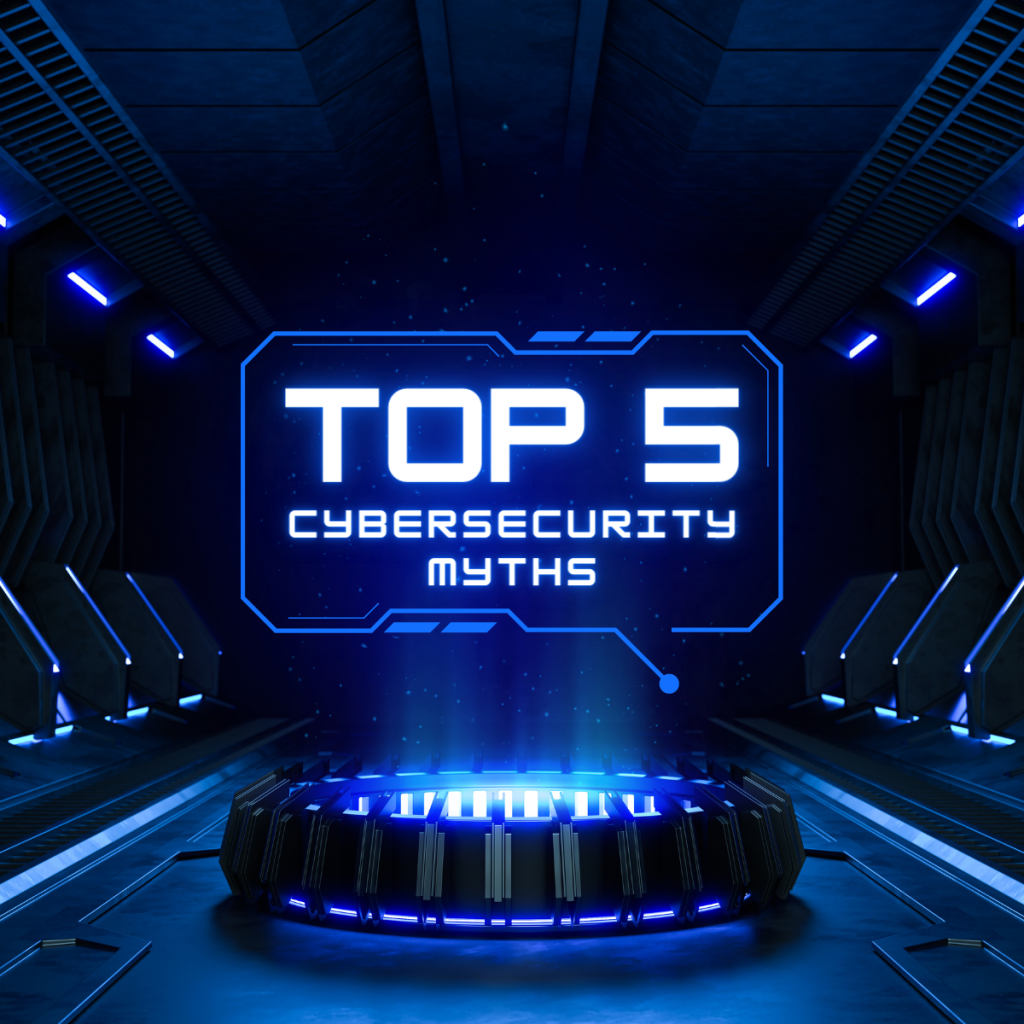Since October is Cybersecurity Awareness Month, security executives and leaders have the chance to bring up novel cybersecurity-related ideas and discussions.
Everyone should be involved in cybersecurity, but sometimes it can be challenging to get individuals interested in security and best practises. But as global phishing and social engineering attempts increase in number and regularity, each employee’s choices are having a greater impact than ever.
Cybersecurity Awareness
Here are 31 cybersecurity suggestions, one for every day of Cybersecurity Awareness Month, to get you thinking about innovative ways to raise security awareness within your company.
1. Don’t reuse passwords.
User credentials, such as passwords, are frequently exposed in data breaches. Reusing the same passwords between accounts can be extremely harmful, and your risk increases with each subsequent account. Use a password manager to keep yourself safe (such as 1Password) to create complex, unique passwords. Some people would consider this to be a weekend job, but it’s well worth the time and energy, and it’s a terrific way to kick off Cybersecurity Awareness Month.
2. Improve the security settings for your email.
Email is used to send an incredible quantity of data every second, thus it’s critical that it is protected.
3. Enable multi-factor authentication (MFA).
Your login process may now involve an additional step, but the extra 20 seconds are definitely worth it. This will prevent anyone who obtains your password from accessing your accounts without your phone number or other means of identification.
4. Add end-to-end encryption to your email.
Encrypting emails doesn’t have to be difficult. In actuality, it might be a simple, organic aspect of users’ operations. You may act right away to protect the data moving via your personal email.
5. Slow down.
We’re all occupied. However, taking your time before you open an email or giving a link a second thought could mean the difference between a minor security breach and a major one. For Cybersecurity Awareness Month, Roger Grimes of KnowBe4 gave some excellent tips for identifying and avoiding phishing and social engineering attacks. His interview is a terrific resource to distribute to staff members.
6. Set up a domain-wide “insurance policy” for confidential information.
Everyone who works at a company has access to some sensitive data, and they are all fallible human beings. By implementing hidden tools that find and safeguard important information before it leaves your firm, security leaders may relax more.
7. Make cybersecurity accessible to everyone.
Everyone has a role to play in cybersecurity, as we indicated before. Do your workers have access to basic tools and a clear grasp of their responsibilities around data protection? Choose user-friendly data protection tools that enable straightforward, encrypted person-to-person cooperation in any browser.
8. Protect your data in the Cloud.
Protecting data in the cloud is essential because it safeguards sensitive information from unauthorised access, data breaches, and cyberattacks. Cloud environments are lucrative targets for hackers, and failing to secure data can result in severe financial and reputational consequences for individuals and organisations. Strong security measures in the cloud, including encryption, access controls, and regular monitoring, are crucial to ensure the confidentiality, integrity, and availability of data stored in cloud services.
9. Unusual requests reek of danger.
Be wary of any email asking you to take action that could place you or your company in danger, even if it looks to be from a person you know and trust or be your boss or an executive. In order to create a false sense of trust, phishing assaults now frequently employ customer scenarios, lingo, and words relevant to the business. Hacking groups are getting better at making these emails appear more authentic.
10. Concentrate on your most important priorities.
According to Roger Grimes of KnowBe4 and author of A Data-Driven Computer Defense, “Everyone is perceiving risks like bubbles in a glass of champagne, and they’re not being told. Two of those bubbles matter more than all the other bubbles.” As a result, they’re not focusing appropriately. He claims that the two most significant “bubbles”—social engineering and unpatched software—haven’t changed in 30 years.
11. Across departments, evaluate data protection.
Every aspect of your business, whether you’re a large manufacturer, a small retailer, a healthcare provider, a school, or a nonprofit, has sensitive information that can be used by hackers to their advantage. Data security is necessary for every department. Talk to team members in every department to learn more about the sensitive data they are handling and how it is being handled, including PHI, PII, financial records, employee and customer information, proprietary strategic data, and more. You could be shocked by how much information you find.
12. Reinvent your breach prevention plan.
Given the increase in ransomware attacks and data breaches, it’s critical to make sure your breach prevention and response plan is current and that everyone is aware of their responsibilities for avoiding and responding to an incident. Are we merely safeguarding our systems, networks, and endpoints, you should consider this while assessing your breach prevention strategy. Or do we safeguard the information itself wherever it goes?
13. Look at the way you handle and distribute client data.
Most businesses use Customer Relationship Management (CRM) software to keep client information current. Frequently sensitive in nature, this data includes billing and credit card information as well as personally identifiable information (PII). Ensure the security of the data passing through those platforms.
14. Establish trust by pledging to maintain security.
Your competitive edge can be built on trust. When you show your commitment to security for your clients, staff, and partners, you may forge stronger bonds in a world where so many businesses are negligent about safeguarding the privacy of their users. Additionally, Cybersecurity Awareness Month is a fantastic opportunity to convey this to your audience.
15. Close the gap between work and home.
Security teams can more effectively communicate the effects of cyberattacks by emphasising the risks that ransomware poses to employees’ personal and professional lives. People will start to take security more seriously once they are aware of the possible personal repercussions of a data breach, such as the compromising of their own personal accounts.
16. Make secure collaboration easy.
Your security products must be simple to use for your teams to really use them. Leroy Cunningham, information security manager at the Chartered Management Institute, put it succinctly: “It’s fantastic to have all the bells and whistles, but if your end users don’t know how to use it, they won’t utilise it, and it’s that simple. I enjoy how Virtru’s product is sleek and uncomplicated; all it takes to turn it on or off is a simple toggle switch, and it allows us greater autonomy.
17. Understand end-to-end encryption and how to use it.
Your data is protected from the time it is created until the time it is shared thanks to end-to-end encryption. End-to-end encryption gives you greater assurance that the information you’re sharing is safe at all times because the default TLS encryption may not be adequate to protect sensitive information during its entire lifecycle.
18. Keep the cybersecurity conversation going all year, not just during Cybersecurity Awareness Month.
Making security a routine, everyday aspect of your company’s life is the key to motivating your staff to care about cybersecurity. Like any habit, it’s about making little, consistent changes over time that have a significant impact.







